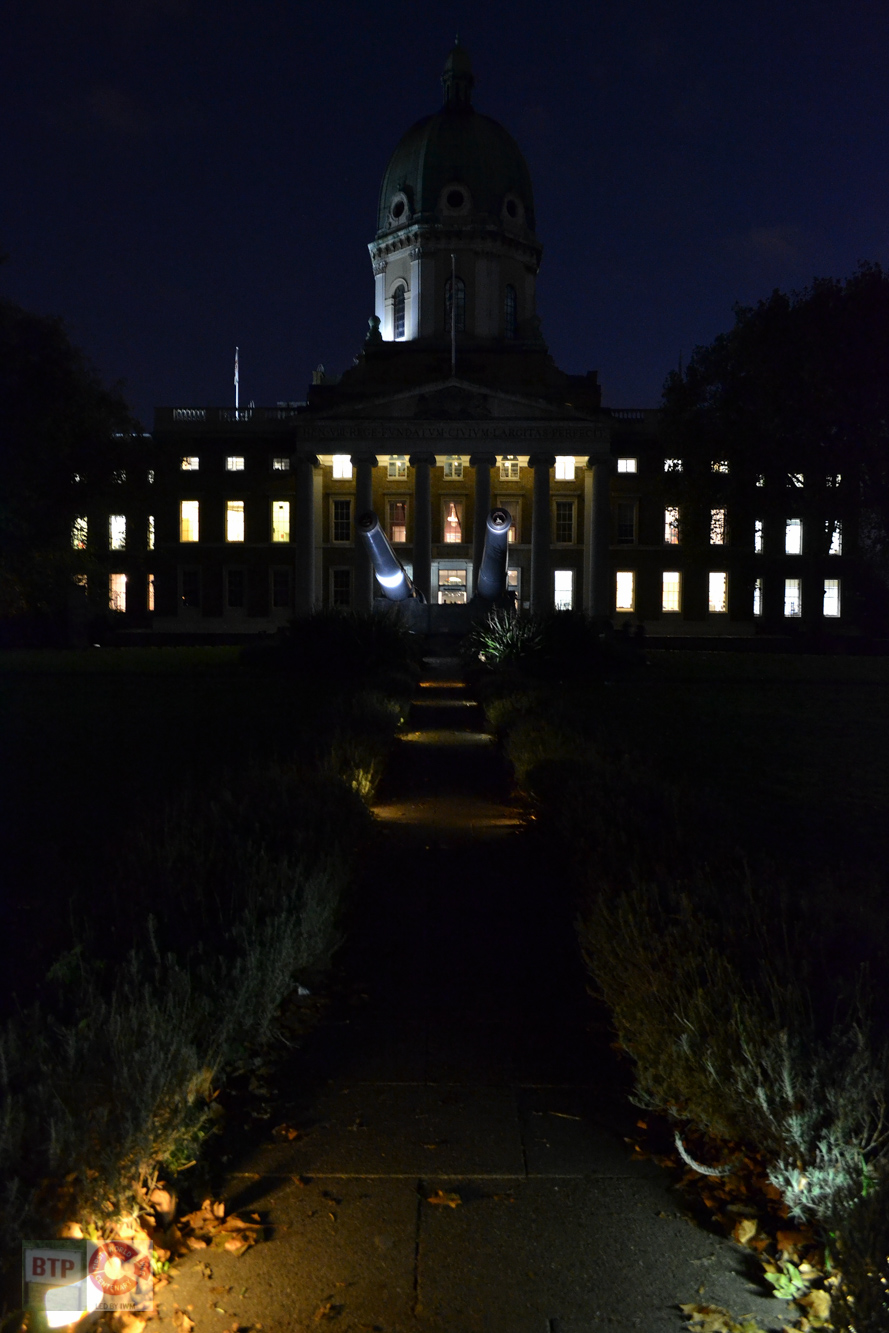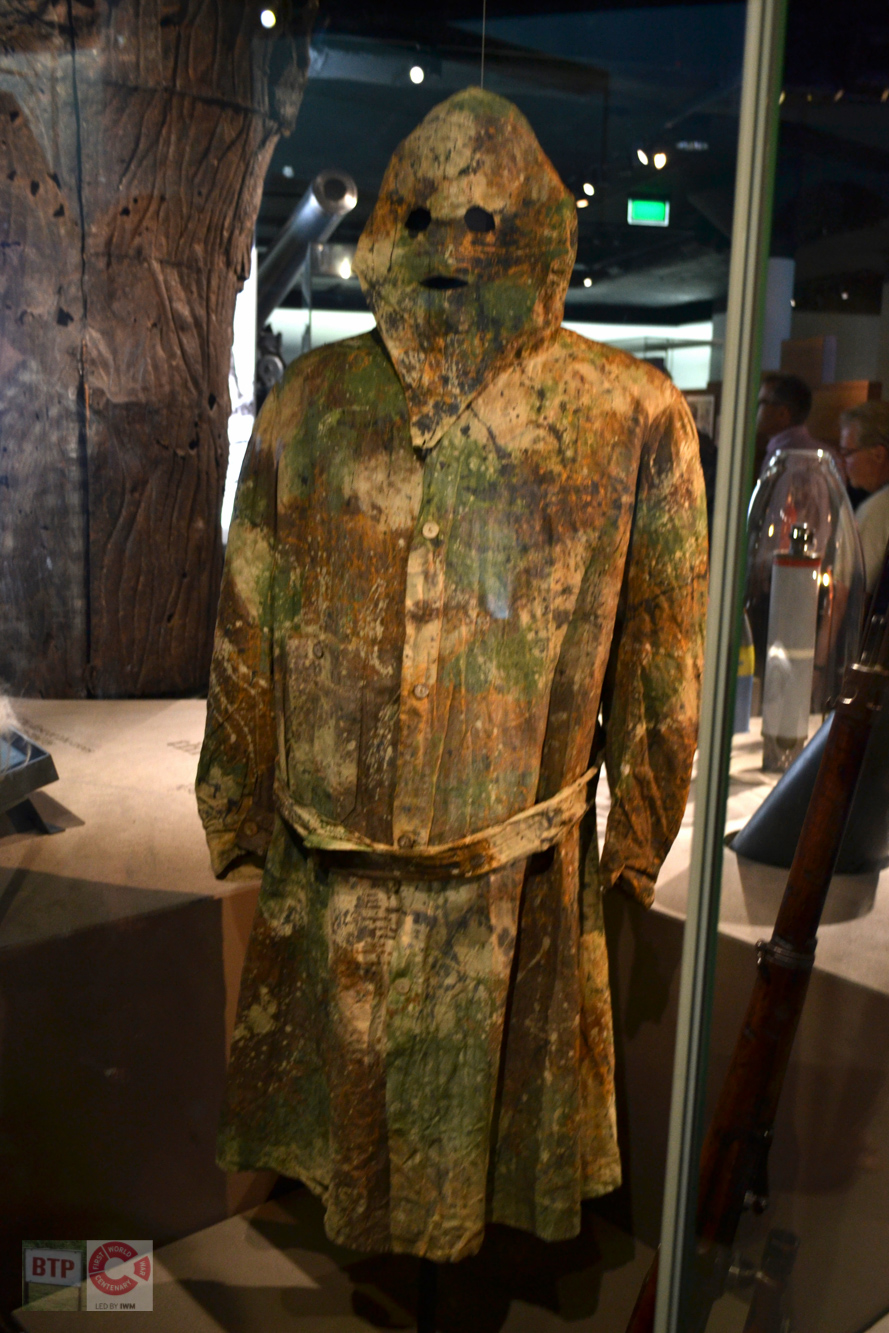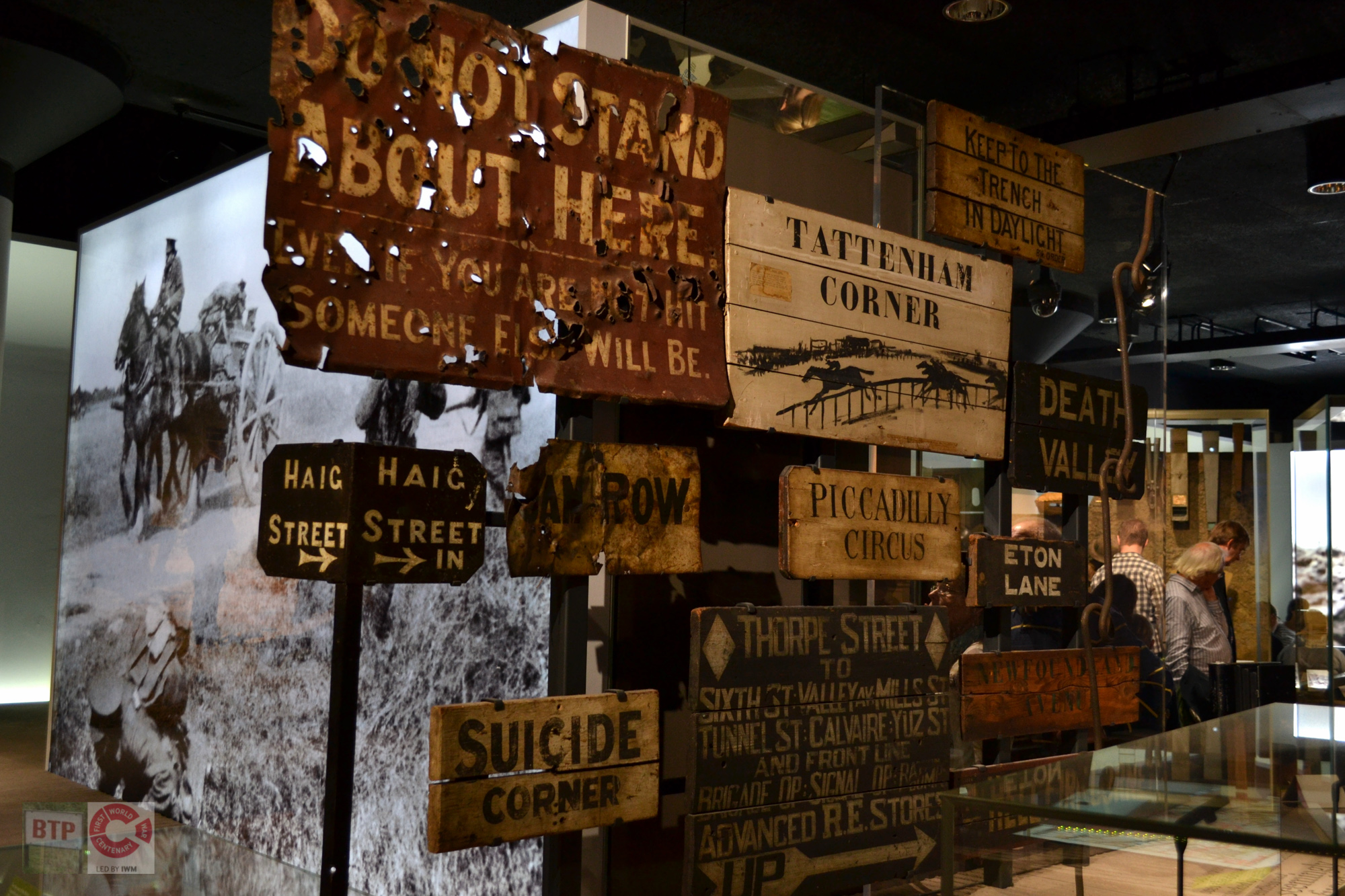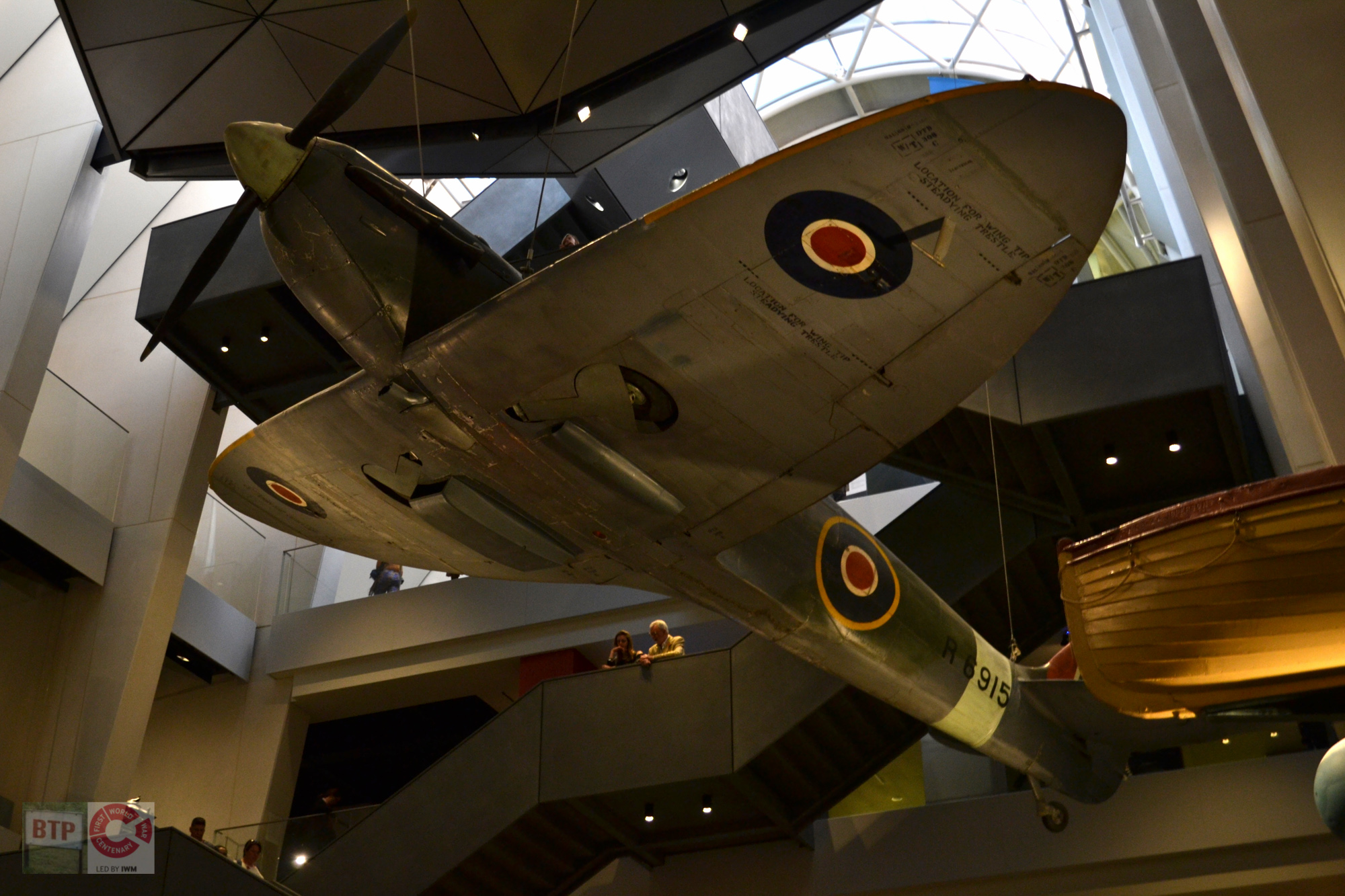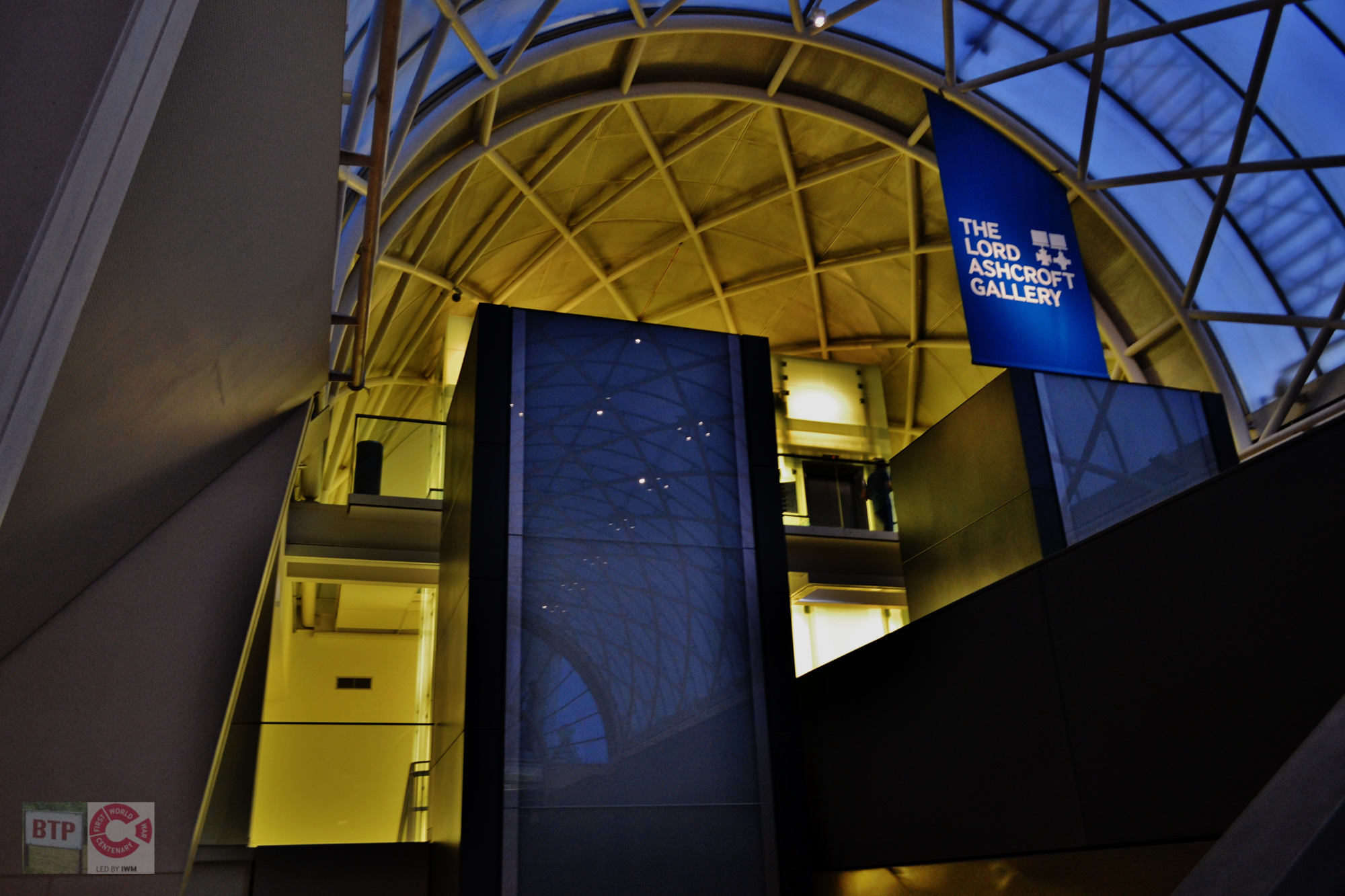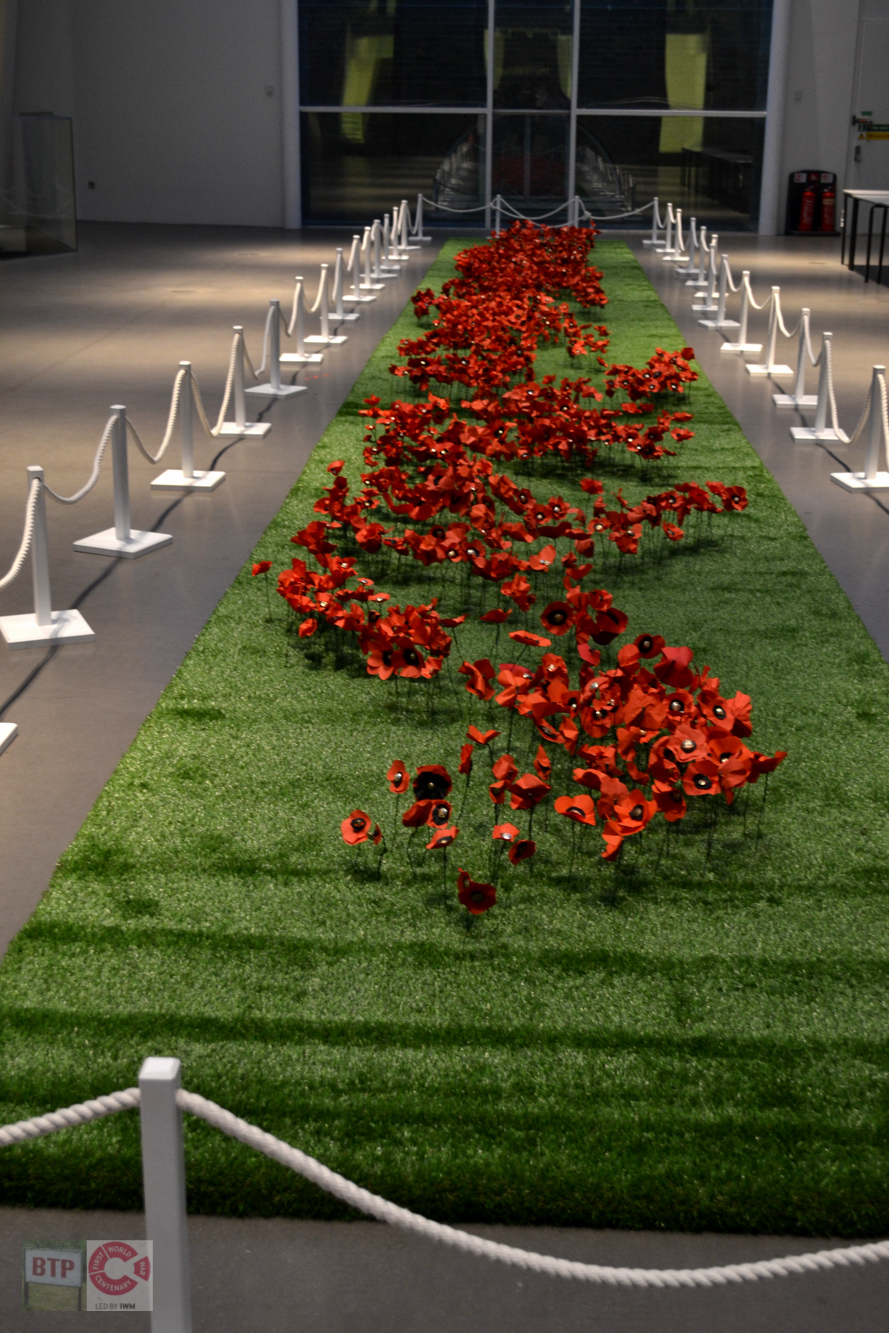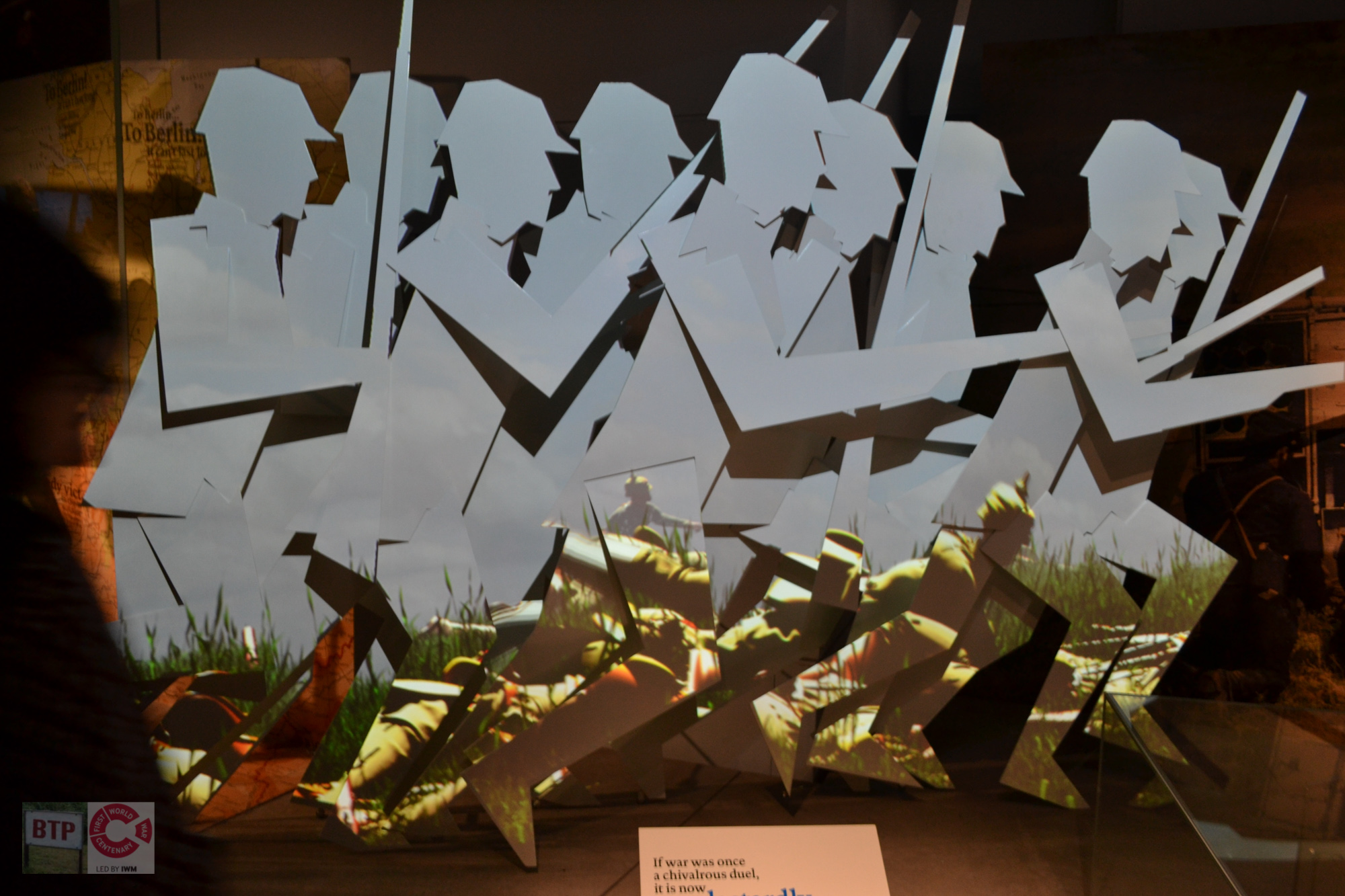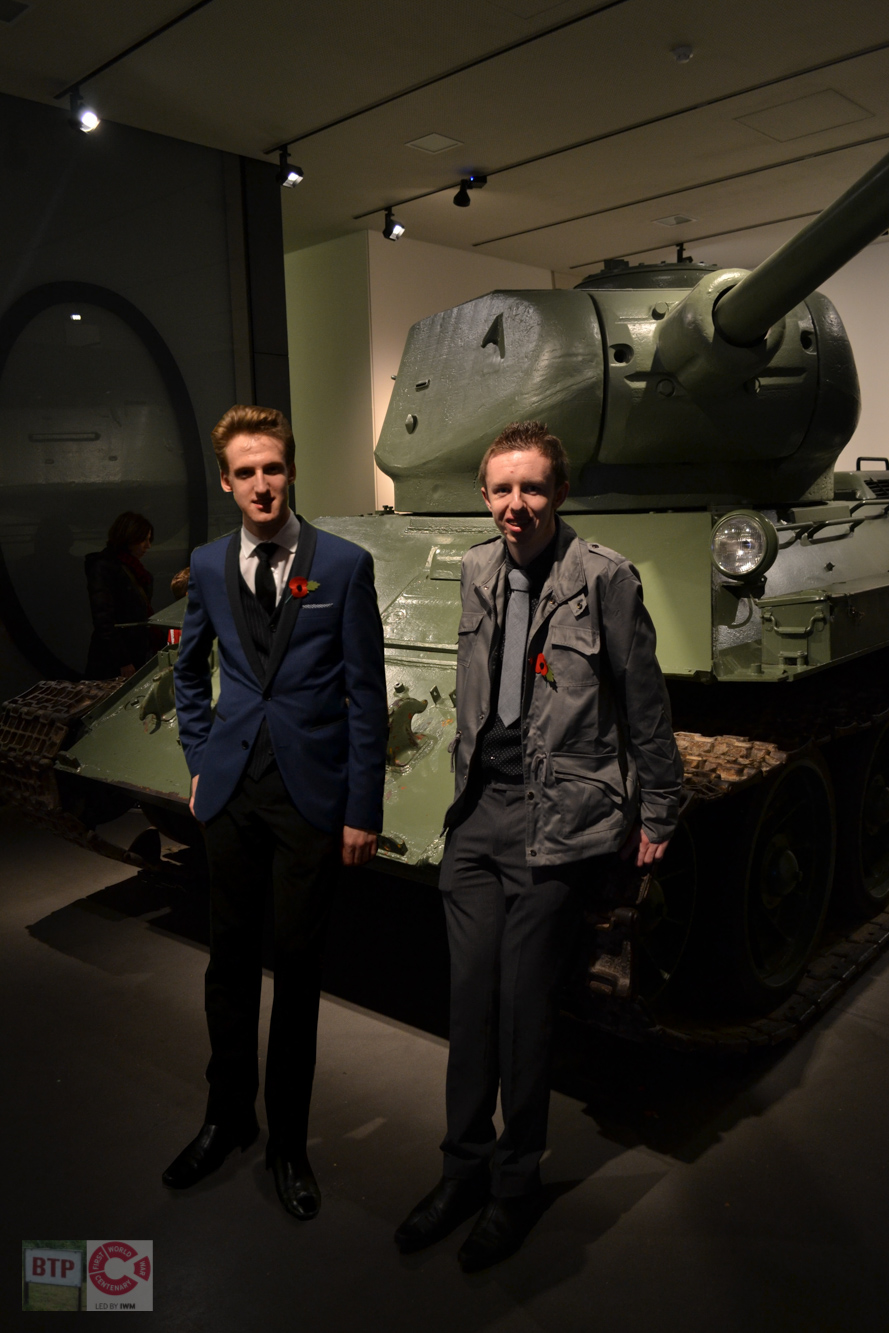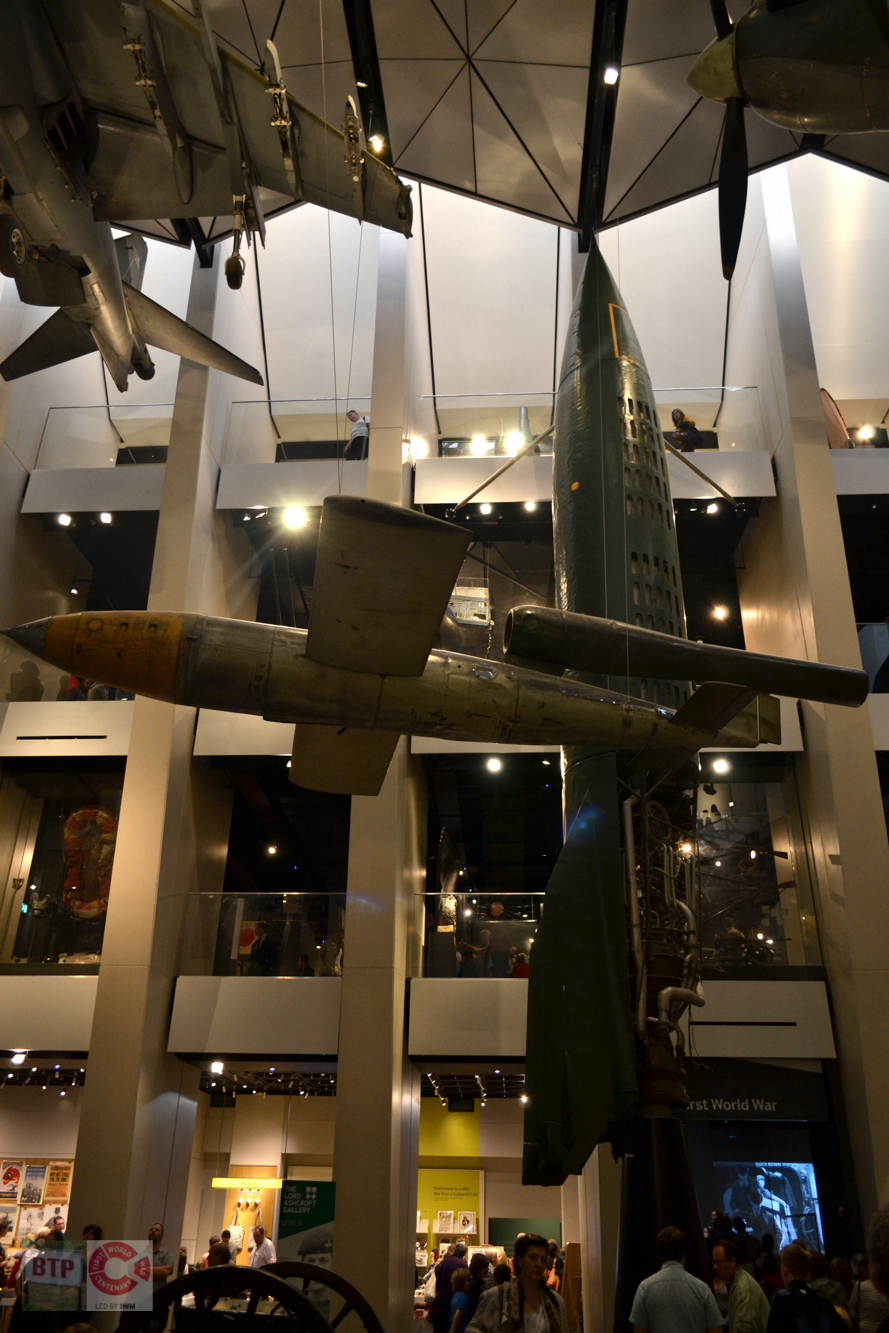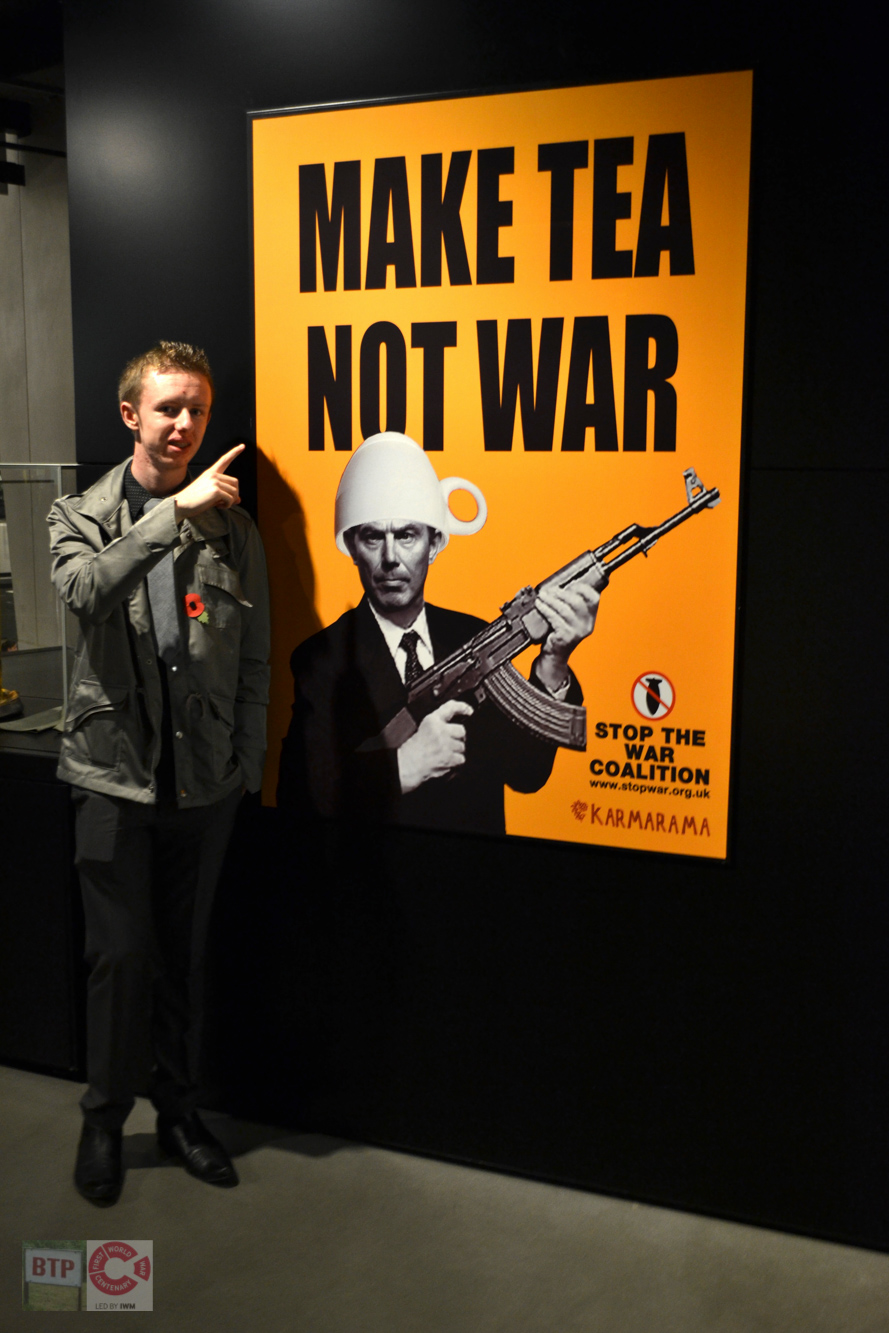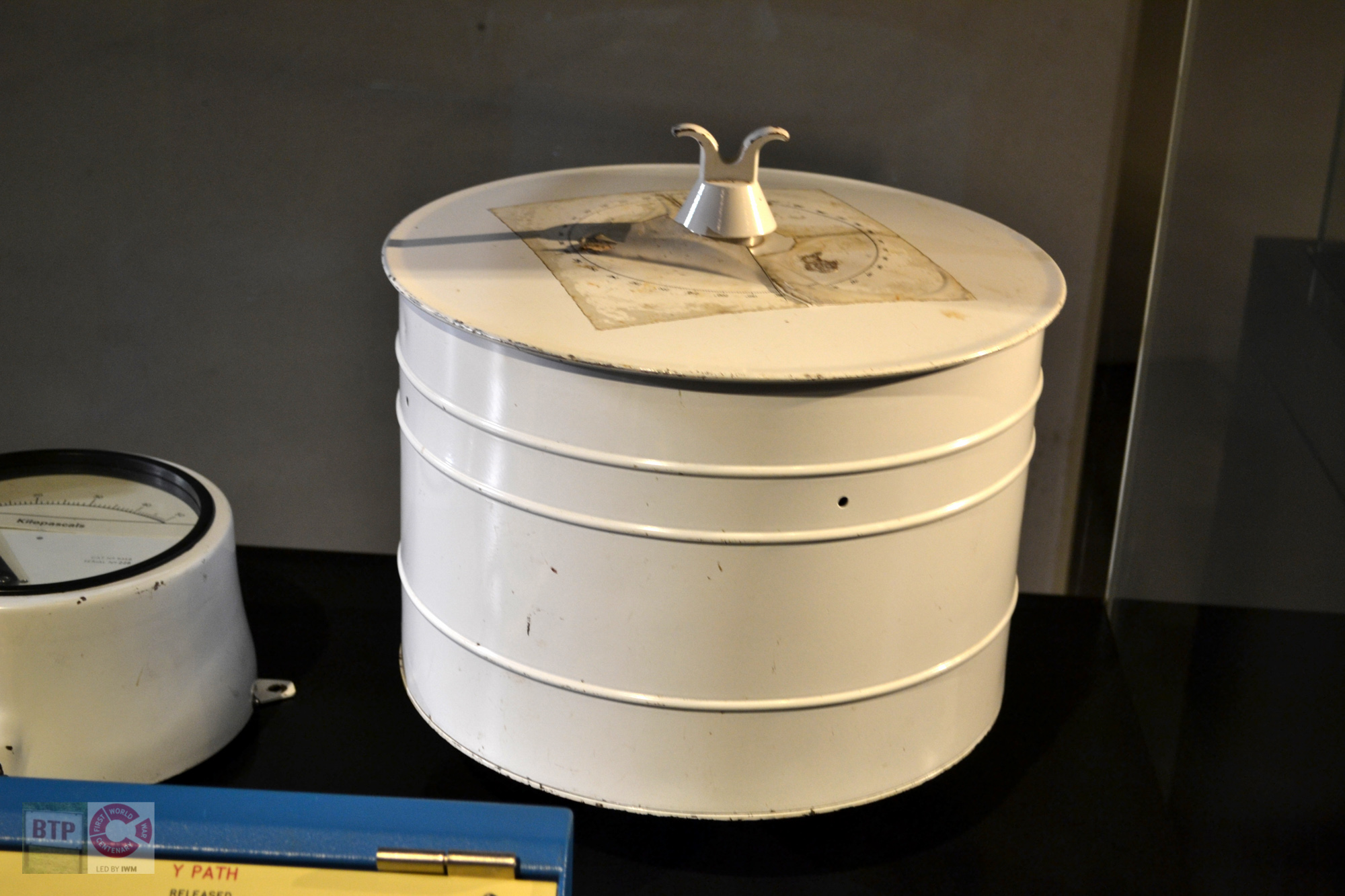To commence Beyond the Point’s coverage of the First World War Centenary, in partnership with the Imperial War Museum, we thought we would visit the museum itself. The museum itself spans Duxford, North London, Cardiff, the HMS Belfast, and the Churchill War Museums, which I must say is a clever way of housing locations themselves as museum artefacts on a large scale. Not only is the museum a vital contributor to historic research, but its roots relate to the First World War. It was founded in 1917 in response to the First World War, as an attempt to record the sacrifice and war effort. It was opened in 1920 within Crystal Palace, moving to the Imperial Institute in South Kensington in 1924. This was a close shave considering the palace burnt to the ground in 1936. The IWM again moved in 1936 to the early 19th Century building of Bethlem Royal Hospital, where it remains today. This displacement saw the hospital demolished except for its central section; the rest becoming the surrounding park.
We took a short walk to the premises from our visit to Big Ben which you can read about here. After admiring some of the more recent architecture, and also posing for some grungy tunnel shots in our suits, we entered the museum. The most impressive thing they had here initially was the sheer scale and number of the artefacts suspended in the central lobby. From Spitfires, to V1 & V2 bombs (which landed on Britain in the late Second World War), all the way down to Russian T34 tanks, we felt a sense of awe both at these huge weapons themselves, and at how they had been displayed; some suspended from the ceiling by wire alone. We also payed homage to their poppy display.
There was a large exhibition holding artefacts and information about the First World War. It was pretty good but absolutely packed so it was difficult to have a thorough look. There was everything from very ghastly gas masks and camouflage suits; which captured the peril of the front, down to the hand-painted trench signposts which stood bizarrely in the 21st century environment; looking as if they belonged in hell. We also saw nuclear missiles suspended from the ceiling, an ROC post ground-zero indicator, and a bio-hazard observation shelter; like a modern-day nuclear ROC post. It was certainly time well spent.
We recorded a video of our trip that day to Big Ben, the poppies at the Tower of London, and of the IWM. Much of it focuses on Big Ben although it still compliments this article on the IWM.
This entry was posted in Location Report

